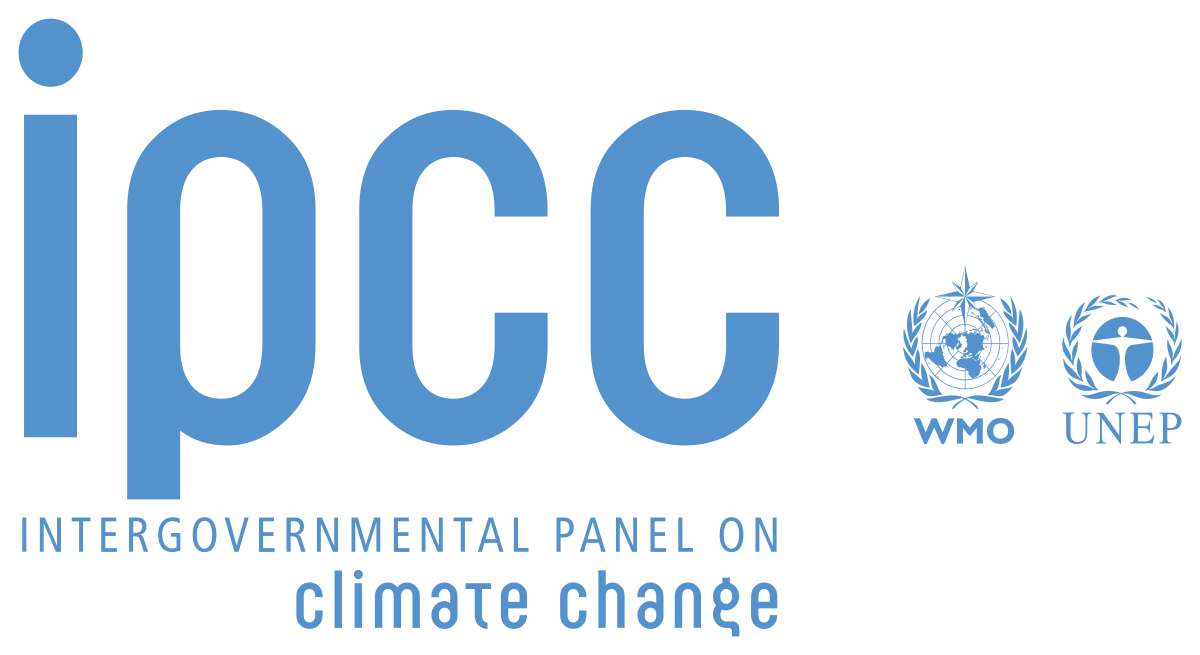IPCC Assessment Report
Even if greenhouse gas emissions are decreased, several disasters caused by climate change are likely to happen in the next two decades, according to a report compiled by the Intergovernmental Panel on Climate Change (IPCC).
Overview:
- India will be severely impacted if emissions are not reduced, according to the second installment of the IPCC report.
- India will face effects due to food and water scarcity, heat reaching human survival limits, significant economic devastation, and rising sea levels if the emissions are not stopped.
- The IPCC report also notified that over 3.5 billion people, or 45 percent of the global population, live in climate-vulnerable areas.
- The report also stated that the ability to adapt by humans and natural ecosystems was being tested and increases in global warming will make it more difficult for them to adapt.
About the Sixth Assessment Report
The recent IPCC report is the Sixth Assessment Report’s second part and focuses on hazards, impacts of climate change, and vulnerabilities, as well as ways to adapt to them. The first installment, which was released in August 2021, focused on the scientific foundations of climate change. IPCC will release the third and last section of the report in April of this year.
In 1990, IPCC’s First Assessment Report was published. These reports give detailed evaluations of the state of the climate of the Earth, which are published by specialists after gathering all relevant data and analyzing it.
What does the report say?
IPCC’s sixth assessment report says nothing new related to climate change It covers sectoral and regional impacts of climate change for the first time as part of broadening the scope of its assessment.
The report claims that sea-level rise will endanger Mumbai, while storms will threaten Kolkata. This hasn’t been done in previous reports, and it gives a clearer picture of what has to be done about these dangers.
Climate change and other related events will increase significantly premature deaths and ill health. The report also predicts that there will be an increase in vector-borne diseases like malaria and dengue. Mental health issues are also predicted to worsen in adolescents, children, the elderly, and those suffering from underlying health conditions. These health impacts were not addressed in the previous reports.
Climate-related threats to Asia’s agriculture and food systems would become worsen with climate changes and the regions will have different impacts. Rice production in India can decrease by 10 to 30 percent, while maize production could decrease by 25 to 70 percent, assuming a temperature increase of 1 to 4 degrees Celsius.
Wet-bulb temperatures (a measurement that combines humidity and heat) will increase in India and may even cross the unsurvivable threshold of 35 degrees Celsius.
The report has stated that non-climatic and climatic drivers like socio-economic changes have given rise to stress conditions of water in both water demand and supply in all sub-regions of Asia.
The river basins of Indus, Amu Darya, Sabarmati, Ganges could face severe water scarcity issues due to climate change.
An increase in the warming level can also cause the global GDP to decline by 10 to 23 percent. Various major economies might face even larger declines due to climate change with the report estimating GDP losses of up to 42 percent in China and 92 percent in India by the end of the century if emissions remain high.
Month: Current Affairs - March, 2022
Category: Reports & Indexes Current Affairs


